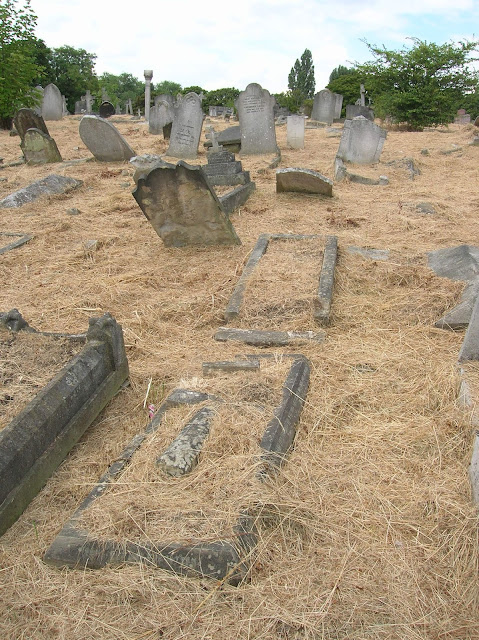Patrick was born on the 7th of August (his mother’s birthday) 1926 in Colchester, Essex. His father was John James Armitage (born 1881), a retired officer in the Royal Artillery. His mother was Clara Margaret Armitage nee Moss (born 1891), a trained tailoress. When Patrick was born he had a sister Clara (12), and a brother John, known as Jack (10). Patrick’s mother was one of 9 siblings so Patrick was always spoilt by the family. His mother’s youngest sister, Auntie Ivy, was his favourite.
Patrick with his mother Clara c 1928
Patrick’s family moved to Worcester, where his father worked for the Sandeman port and sherry company. Patrick went to school there. Later his father was appointed as district manager for the Eastern Counties and Midlands region and the family moved back to Colchester in about 1935. Patrick remembered a happy childhood in Colchester and Worcester doing lots of things with his mother such as going to the cinema, tea rooms, pantomimes, visits to the Essex coast, picnics and watching the troops parade in the Lower Castle Gardens on a Sunday after church. His mother was very important to him, however, larger influences in his environment formed his future. He joined the Local Defence Volunteers, later known as the Home Guard, and was a very active member during his school years. He also joined the Air Training Corps, learnt about planes and how to navigate. He became a motorbike dispatch rider, meeting the Duke of Kent before he was killed in a plane crash.
At school Patrick was taught how to dress smartly, present himself well and how to behave. These early lessons stood him well when he finally entered the army. Throughout his life, Patrick was a gentleman, well turned out, with short-back-and-sides, ready for parade. Patrick left school at 16, apparently “because he was wasting his time and his father’s money” and had various jobs such as bicycle mechanic. He then started as an apprentice laboratory technician at Colchester Hospital, but because it was a reserved occupation, vital for the war effort, he did not get his call up. Therefore he resigned and worked as a meter reader, which got him his long desired papers! Like his father, he joined The Royal Regiment of Artillery and in 1946, at the age of 20, he was stationed in Germany, near Kiel. Sixty years later, as an 80th birthday present, he revisited the area, finding places he had seen as a young man.
Patrick in his army uniform
Patrick in later life
After Julia’s death in 2015, Patrick moved into the newly renovated Mills Meadow care home in Framlingham, where he thrived and blossomed with all the attention of the staff, the excellent food and wine and regular church services. He enjoyed visiting friends from the community and his new friends in the care home, in particular, Joan, a lady 10 years his senior, with whom he found many things in common to discuss.
At the end of 2017 Patrick developed a lung infection, was admitted to Ipswich hospital and when he returned to Mills Meadow he had lost all his strength to sit and ride around in his electric wheelchair. Unfortunately Patrick did not recover from the setback of Joan’s death and further infections. He died in Framlingham on April 14th 2018 aged 91. His funeral service was held at Ipswich Crematorium.







